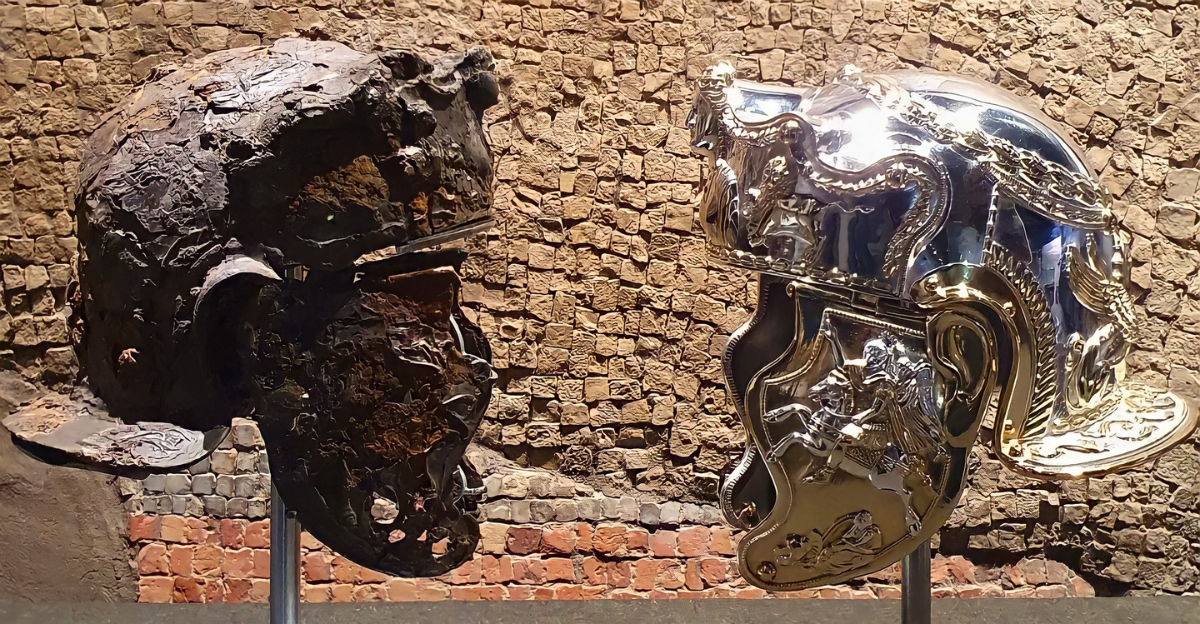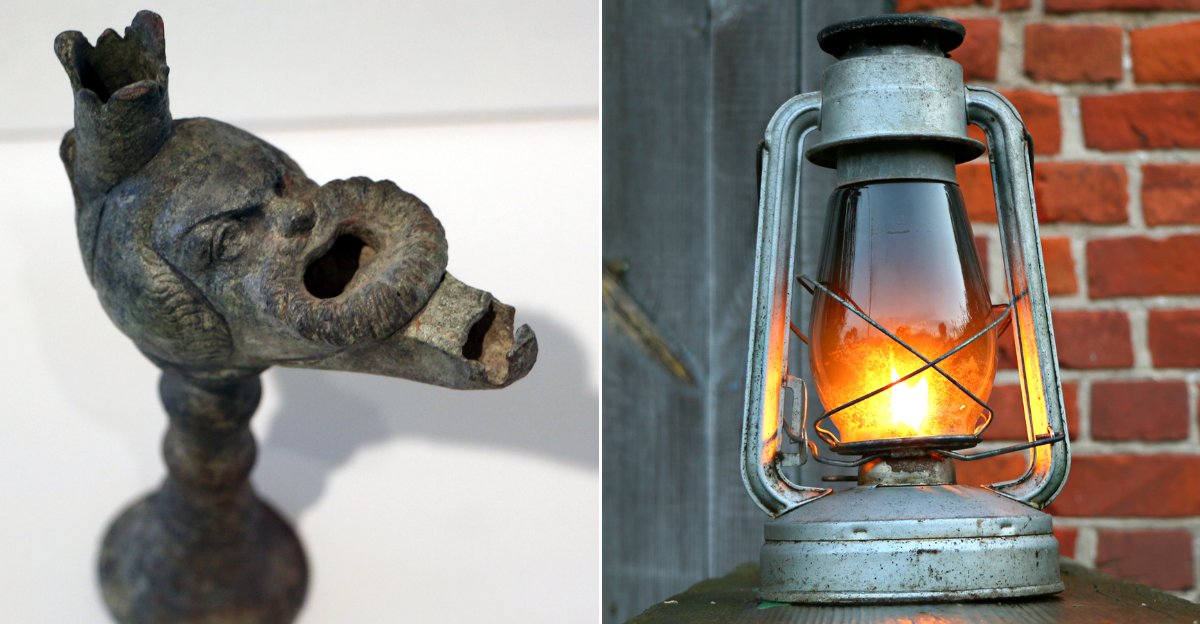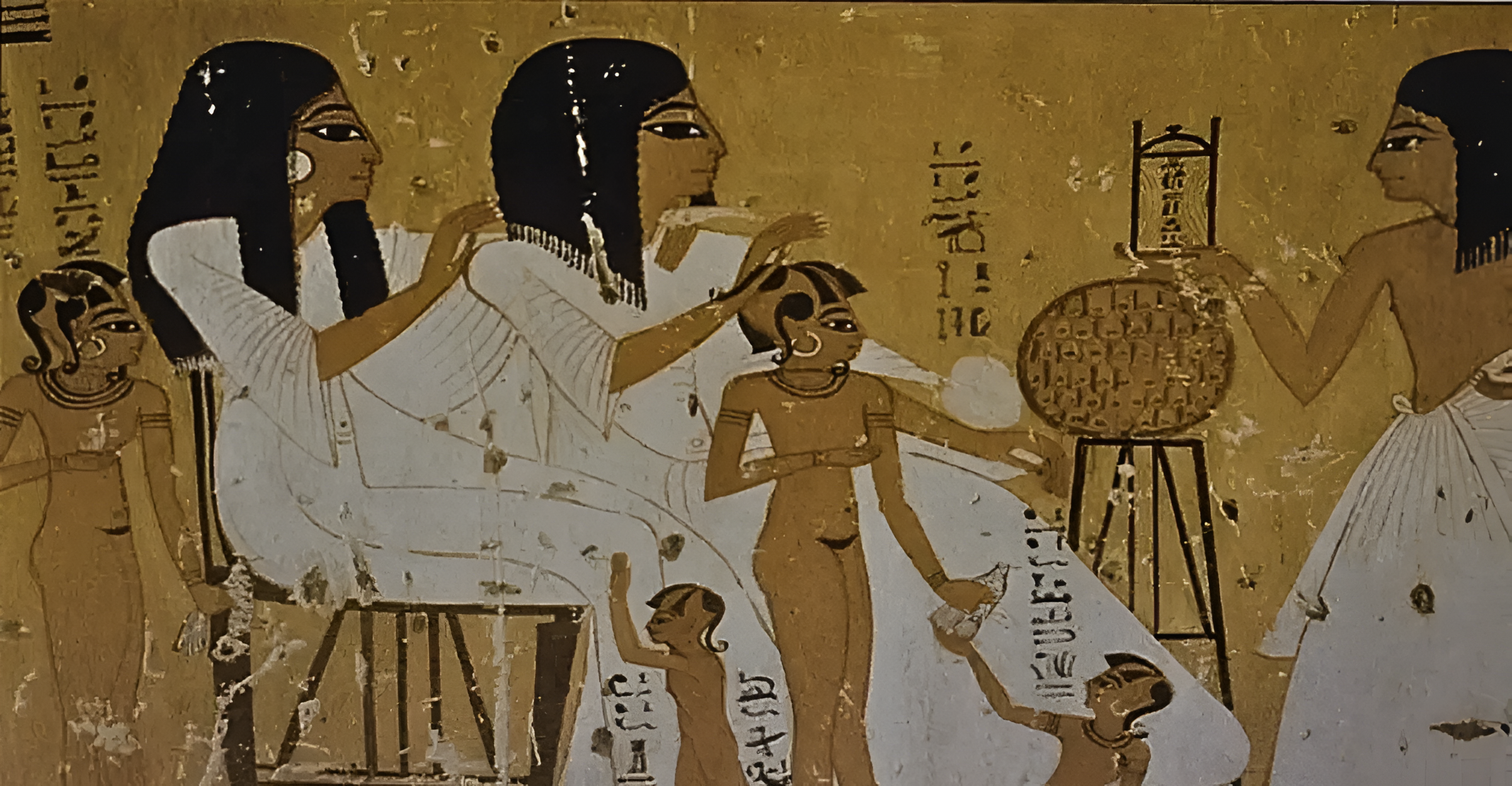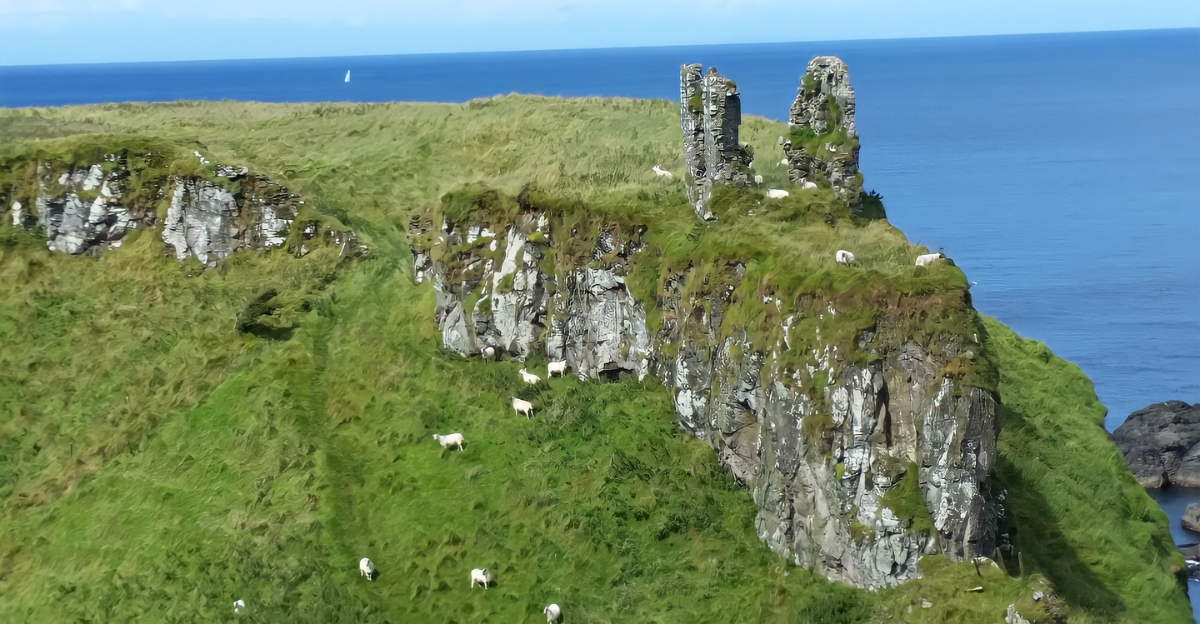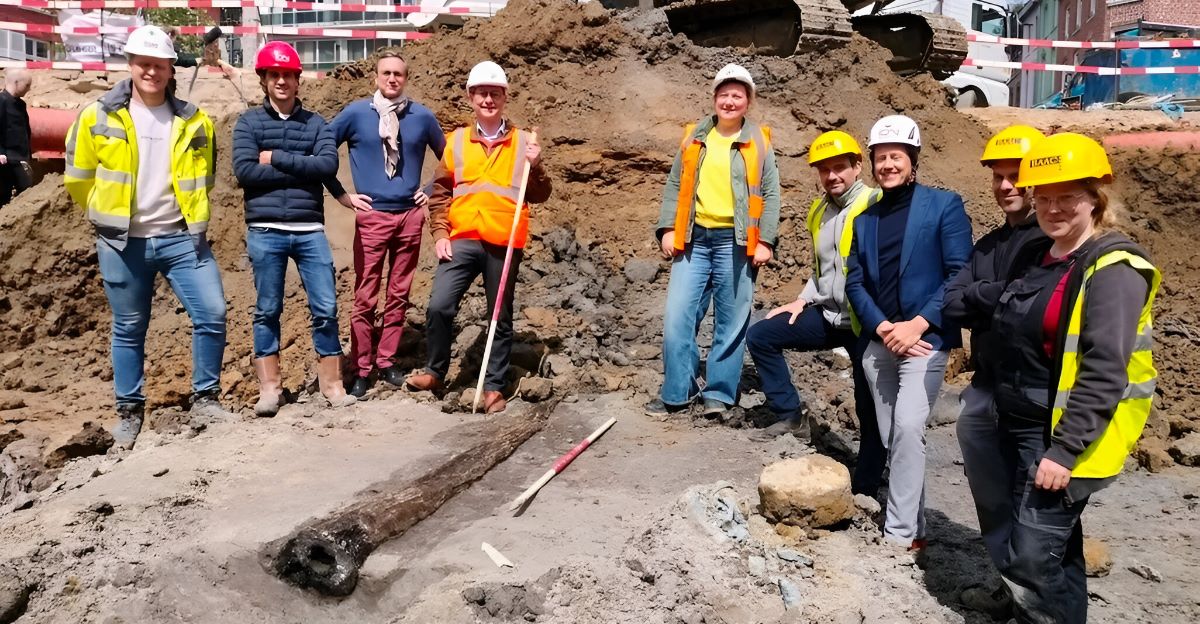
In the heart of Leuven, Belgium, a city famous for its rich history, archaeologists have uncovered a find that has energized the world of ancient engineers: a Roman water pipe meticulously crafted from tree trunks that had been hollowed out.
The finding, discovered beneath a bustling street during routine construction, offers a rare glimpse of the ingenuity and adaptability of Roman infrastructure beyond the empire’s busy centers.
In this article, we’ll examine this remarkable artifact, exploring its history, its construction, and the surprising secrets it holds, until we come to a discovery that revolutionizes what we understand about Roman innovation.
The Dig in Leuven
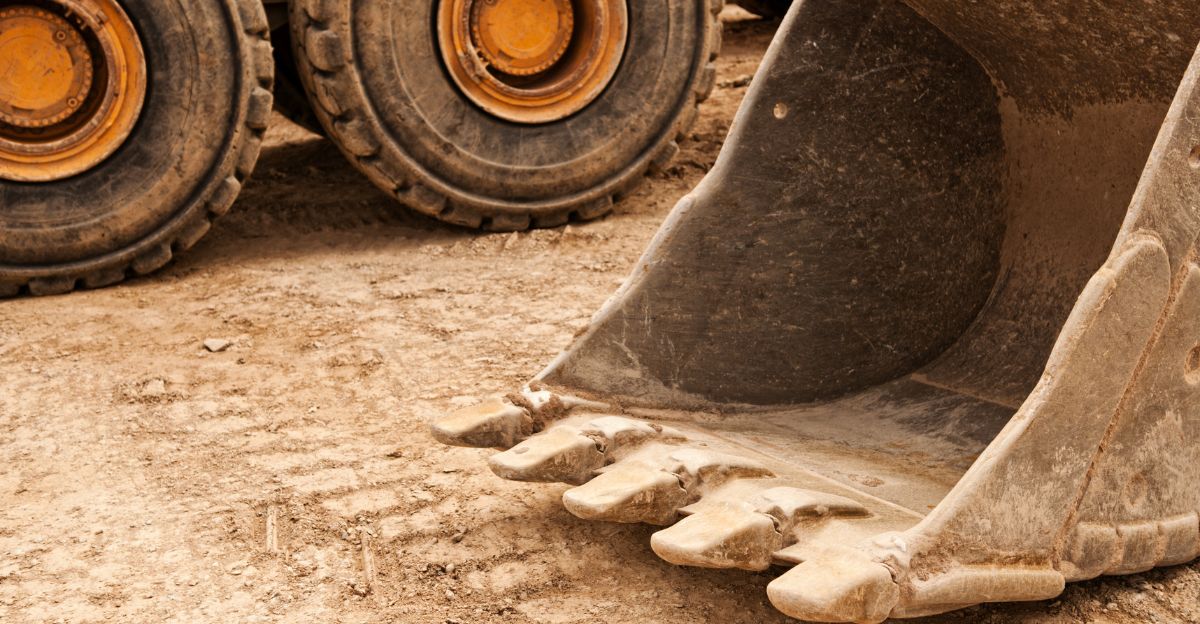
The dig began as a standard archaeological excavation, commissioned before the development of new student housing on Brusselsestraat. Excavators expected the usual fare: pottery fragments, coins, or a chunk of Roman wall, maybe.
Instead, they hit, thirteen feet down, a long, cylindrical object. It appeared at first to be a common log, but further examination revealed a finely bored interior: a water pipe, ingeniously crafted from a series of hollowed tree trunks connected end-to-end.
Nearly 100 feet long, this wooden pipe was remarkably well-preserved, a testament to Roman craftsmanship as well as to the unusual preservation conditions beneath Leuven’s modern streets.
A Roman Town’s Underground Network
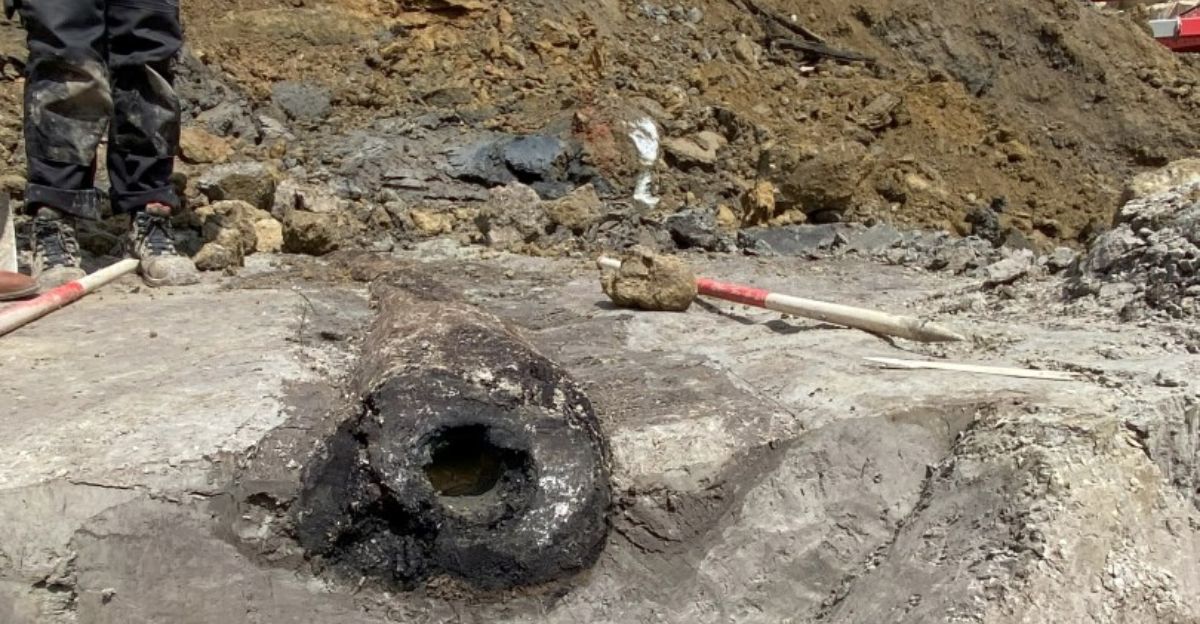
Leuven, now a lively university city, was a small Roman town centuries ago, located near a key military road linking Cologne and Boulogne. That a water system as advanced as this would be found here suggests the town was more significant than previously thought.
Typically, infrastructure like this was restricted to strategically situated or affluent towns, but this shows that the area had some status and connection to the empire’s extensive network.
This pipe, which dates from the first to third centuries CE, indicates a settlement of greater resources and ambitions than its apparent size, challenging our current understanding of Roamn engineering’s range and sophistication in the empire’s northern fringe.
The Anatomy of the Wooden Pipe
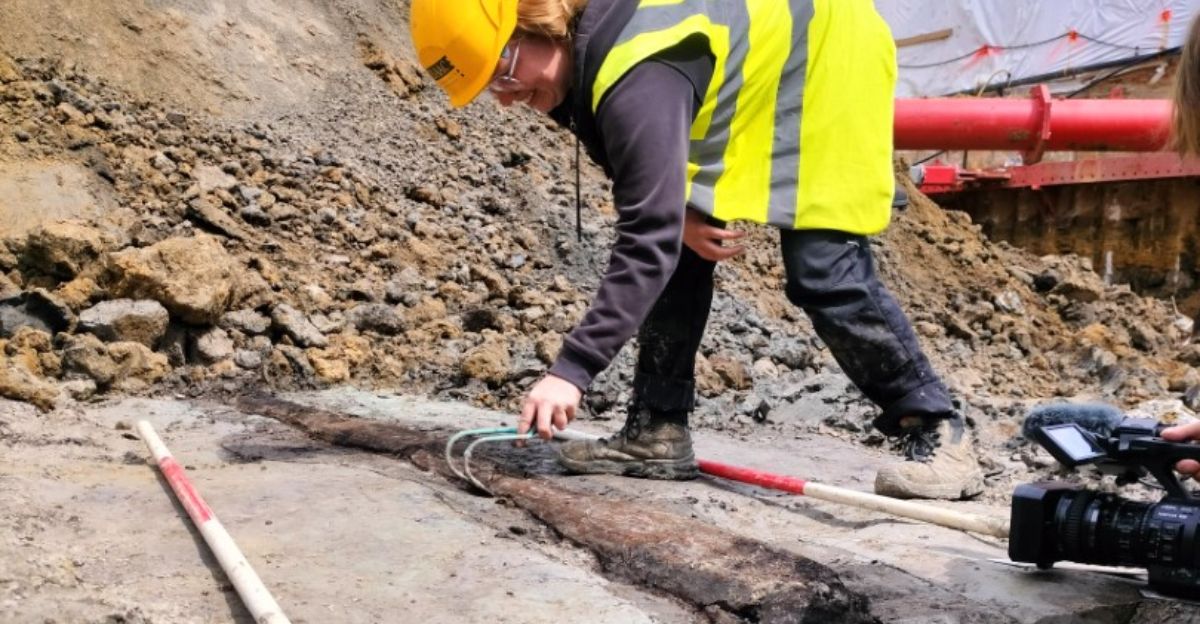
Unlike the great stone aqueducts and lead pipes that are typical of Roman engineering in the popular thought, this pipe was constructed from a series of tree trunks, each about six feet long.
The trunks were expertly hollowed out, creating a cylindrical conduit through each, and then joined end-to-end in a continuous pipe. The joints between them were carefully crafted, likely sealed with organic materials rendering them waterproof.
This craftsmanship speaks to how Roman engineering innovated and adapted to using local materials in practical solutions. While wooden pipes were previously theorized or found fragmentary elsewhere, the Leuven example is unique in its preservation and nearly complete state.
Preservation Against All Odds
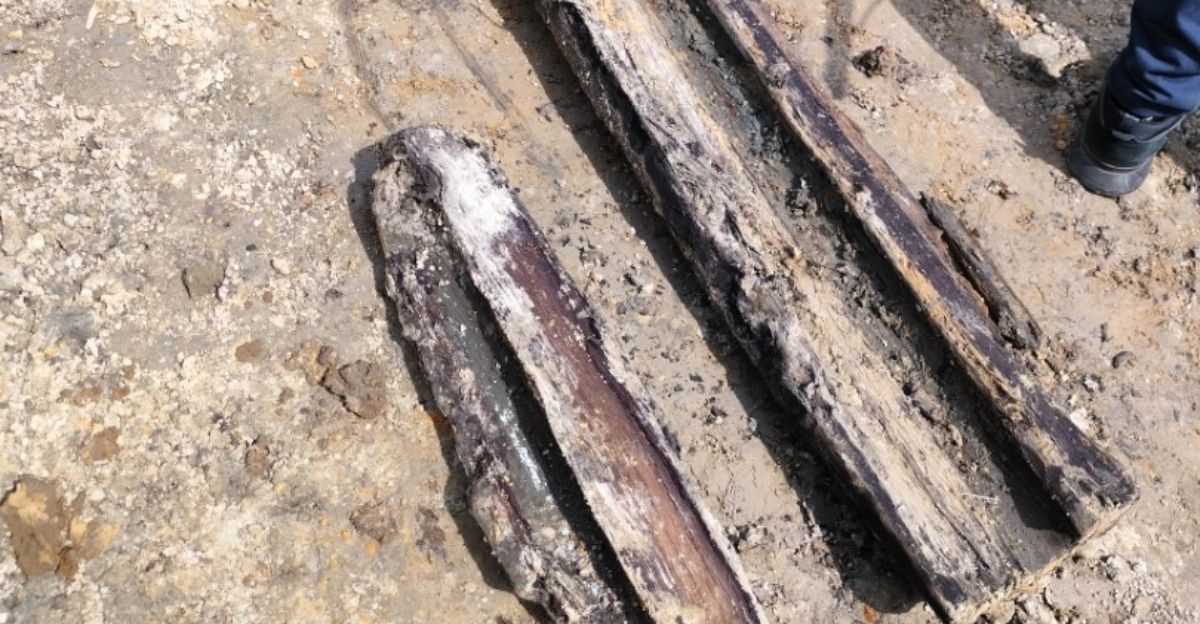
Wooden artifacts often degrade and fragment over time, especially when buried in the ground for centuries. So what preserved this pipe when so many others did not survive?
The secret to its preservation lies in the waterlogged, soggy soils of the Dyle River Valley. These anaerobic conditions deprived wood-eating microbes of the oxygen they needed, stopping any decay and leaving the wood largely intact for nearly 2,000 years.
This freak combination of environmental factors created a natural time capsule, not only preserving the pipe’s structure but also traces of its original construction techniques. This is a stroke of extreme luck for archaeologists and historians that is nothing short of incredible.
Evidence of Roman Ingenuity
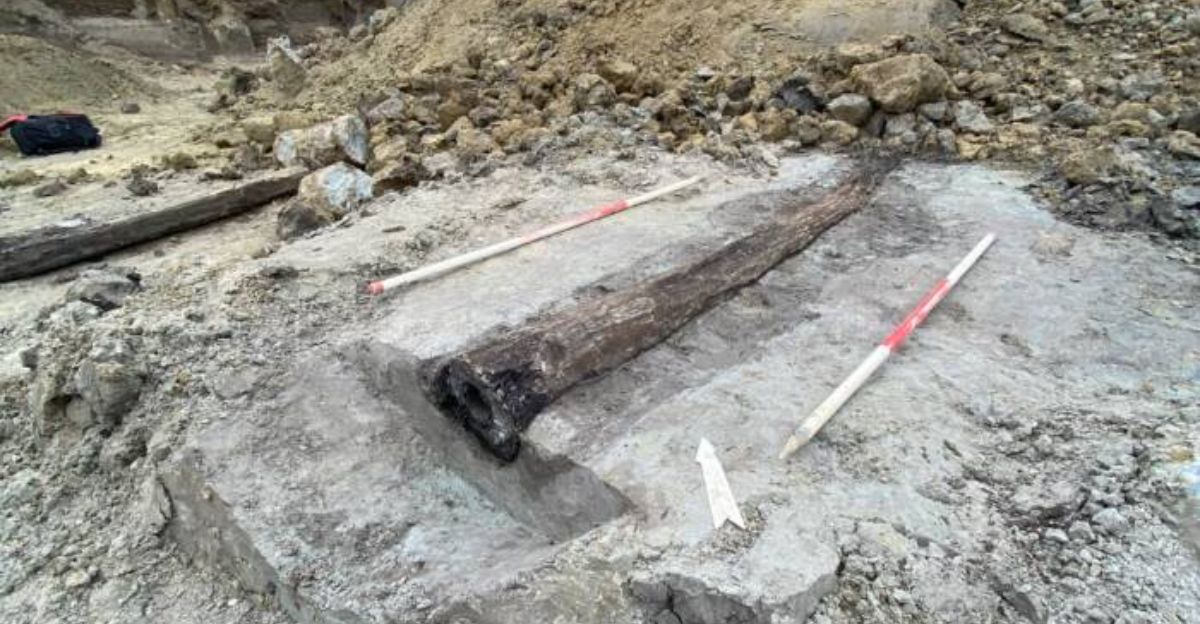
This discovery is more than a footnote to history; it’s a testament to Roman ingenuity and adaptability. The archaeologists didn’t just find a perfectly reserved wooden water pipe, they also discovered evidence of a possible pumping installation.
This suggests a sophisticated water management system, challenging our general presumption that this kind of advanced infrastructure was reserved for bigger Roman cities. But now we know that even in a relatively minor outpost like Leuven, the Romans invested in technology to ensure they had a reliable water supply.
These finds reveal the broader range of Roman hydraulic expertise and highlight the empire’s practical engineering style, adapting solutions and materials to local conditions with remarkable flexibility.
Rethinking Ingenuity and Adaptability
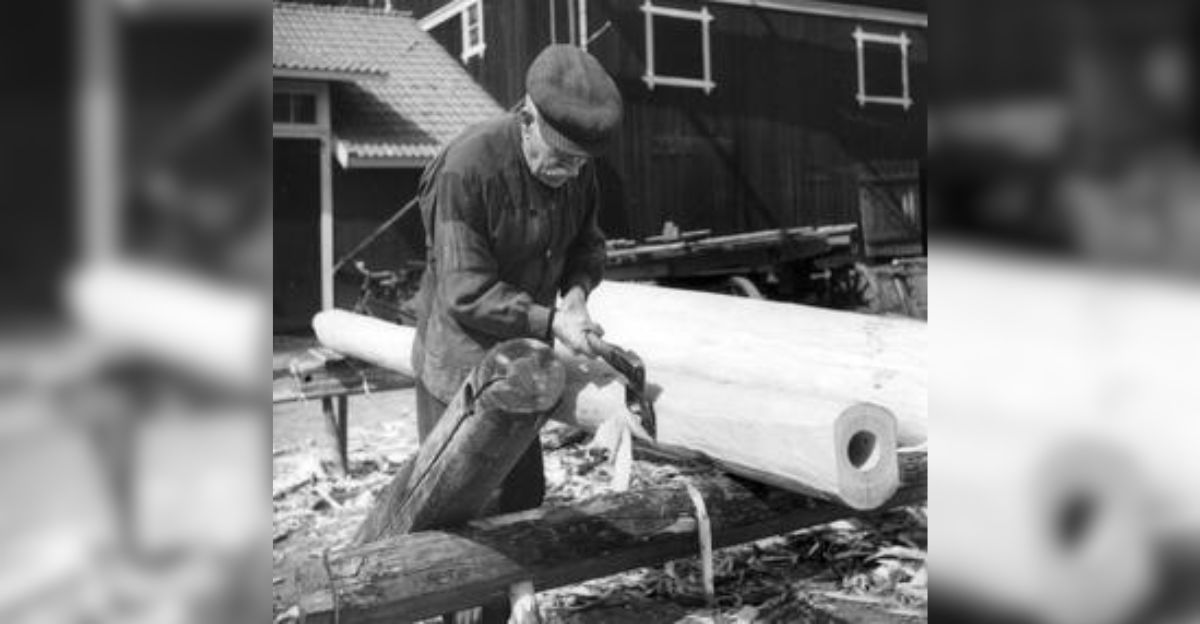
Previously, when we thought of Roman water supplies, monumental stone aqueducts and intricate networks of lead pipes came to mind. These are the marvels that supplied cities like Rome with millions of gallons daily.
Yet the Leuven wooden pipe demonstrates that the Romans were willing to innovate and adapt to using whatever materials they had to hand. Wood was available, easy to work with, and, under the right circumstances, very durable.
This contradicts the Empire’s reputation of excessive monumentality and permanence, and indicates a more subtle, practical approach to Roman engineering. The discovery challenges us to rethink what we know about the ingenuity and adaptability of ancient technology, even when resources were scarce and limited.
Roman Engineering vs Modern Sustainability
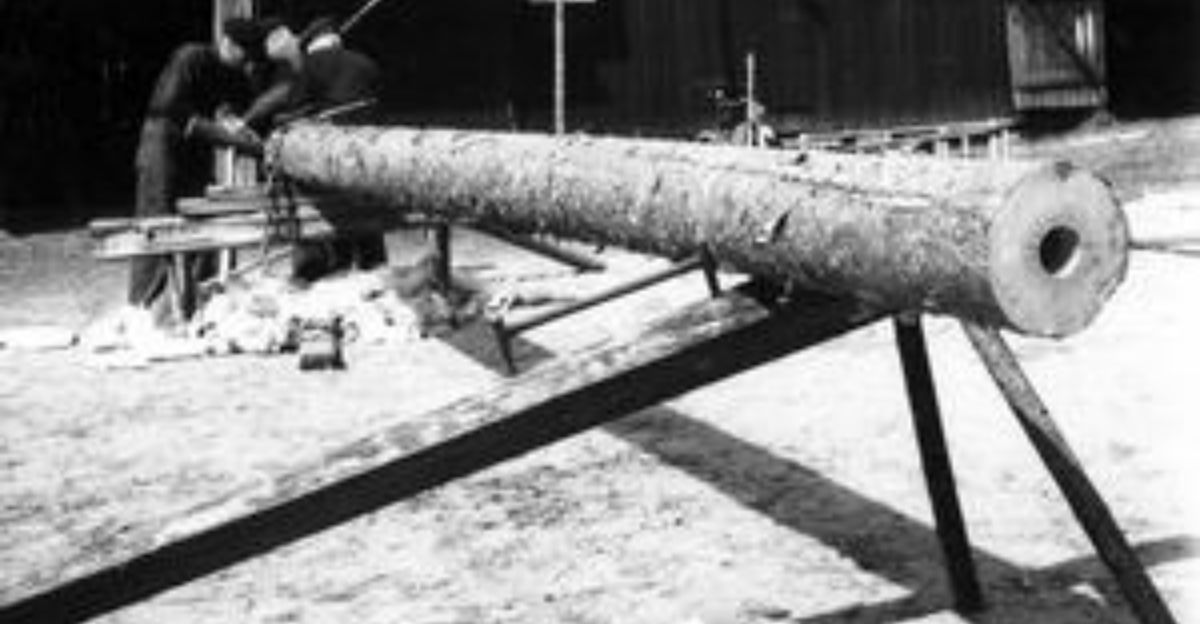
The unexpected combination of Roman engineering strategies and the use of organic materials like wood invites compelling comparisons with modern movements in sustainability. Architects and engineers are now increasingly turning to renewable materials and biomimicry as sources for design inspiration.
Therefore, an argument can be made that the use of tree trunks as water pipes in ancient Rome was a forerunner to green infrastructure. It’s an eco-friendly solution that was necessitated by circumstances but validated by its durability, then and now.
There are also lessons to be learned in this old infrastructure for contemporary designers, including that the most advanced technologies are sometimes the simplest, and that innovation frequently arises from a readiness to experiment with strange materials.
The Limits of Roman Grandeur
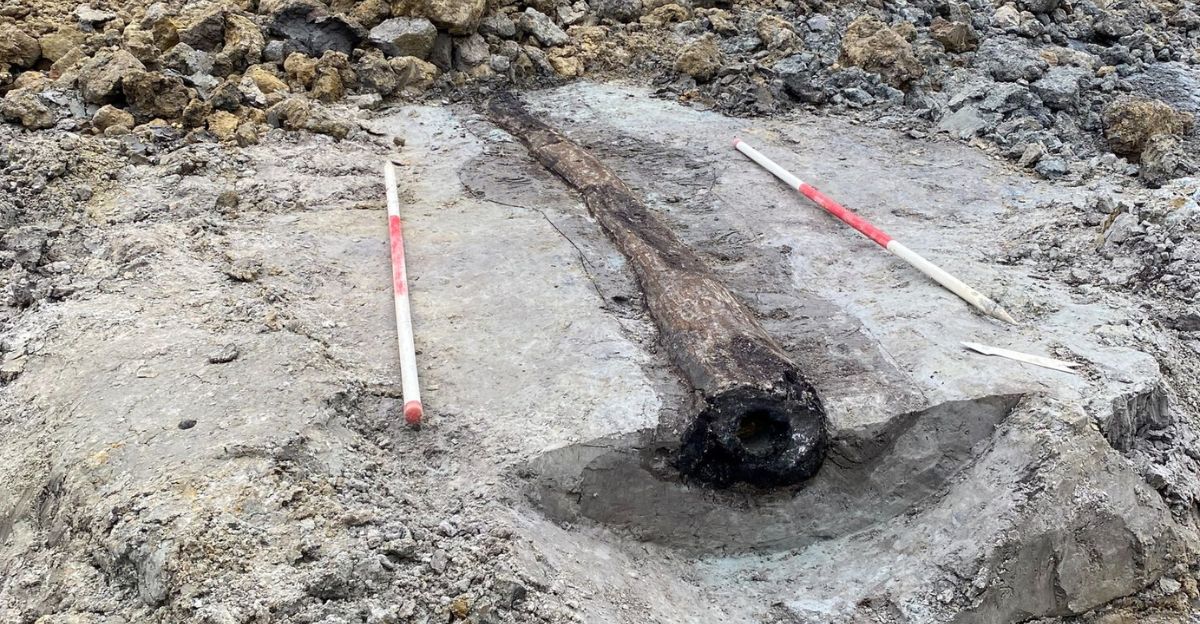
However dazzling the discovery, it also demythologizes Roman omnipotence. The use of wood, rather than stone or lead, may be an indicator of practical limitations: budgetary, logistic, or urgency.
This is especially true since wooden pipes were prone to rot, leakage, and clogging, and required frequent maintenance and eventual replacement. This pragmatic, perhaps even improvisational approach contradicts the image of Rome.
This discovered instead paints a different picture of the era, not as a culture of rigid marble and bronze, but one with a more nuanced, adaptable, and occasionally vulnerable infrastructure. The Leuven pipe reminds us that even the greatest empires relied on humble materials and practical solutions for survival for everyday needs.
A Living Link to the Past
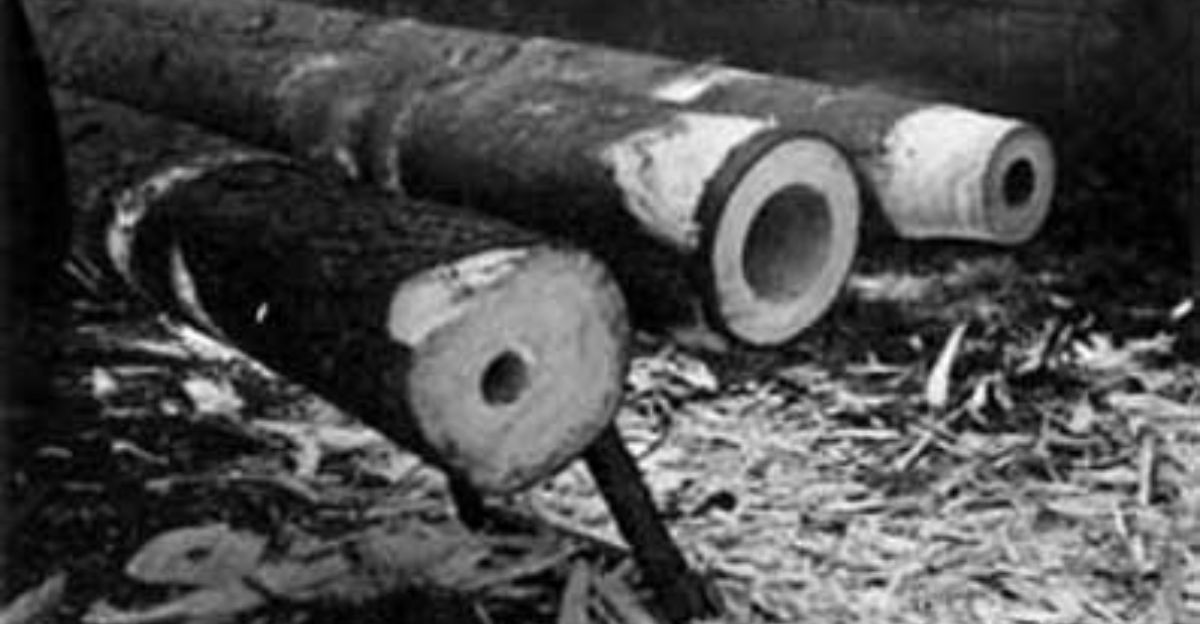
But the true marvel is that this pipe, an incredible artifact indeed, is actually a living link to Roman society. Its survival is a singular convergence of human skill and environmental condition, holding form and function for centuries.
As conservators study the pipe, they hope to discover traces of ancient water, mineral accretions, and even microscopic life, offering new windows into Roman daily life, health, and technology.
In a world obsessed with progress and advancements in technology, this modest wood pipe teaches us that the greatest innovations of history are often lying just under our feet, waiting to be unearthed.

